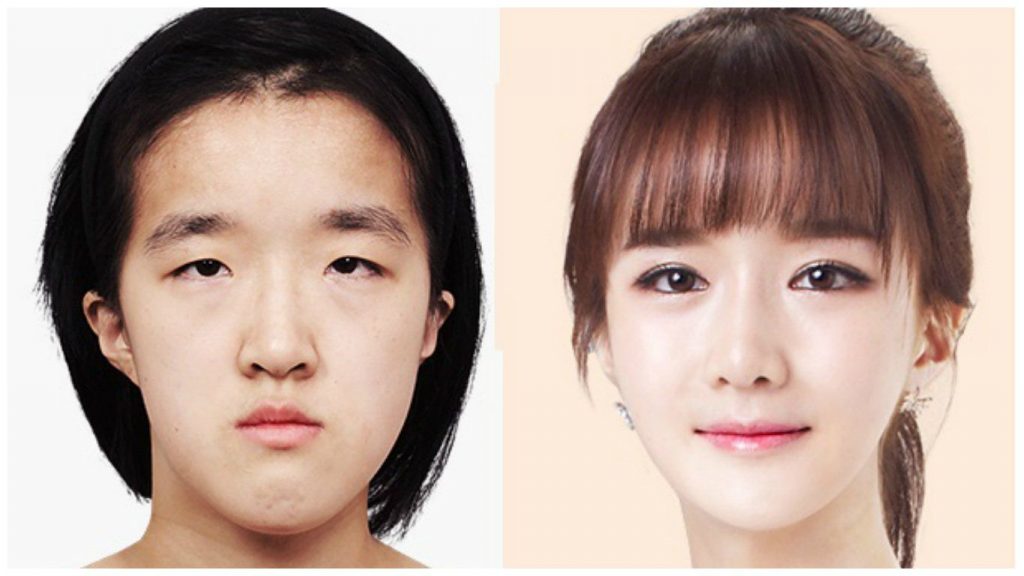In the heart of East Asia, South Korea has emerged as a global capital for plastic surgery, a nation where the quest for aesthetic perfection is deeply ingrained in the cultural psyche. Known for its cutting-edge techniques, high safety standards, and innovative procedures, Korea’s plastic surgery industry has become a beacon for individuals worldwide seeking to reshape their appearance and, in many cases, their lives. This article delves into the phenomenon of plastic surgery in Korea, exploring its cultural significance, the types of procedures offered, and the ethical considerations that accompany its widespread popularity.
Cultural Significance:
Plastic surgery in Korea is more than a medical practice; it is a cultural phenomenon. The pressure to conform to societal beauty standards, which are heavily influenced by K-pop idols and K-drama stars, has led to a normalization of cosmetic procedures. In a society where appearance is often equated with success, both in personal and professional life, plastic surgery is seen as a means to enhance one’s chances in a competitive environment. The acceptance of plastic surgery is so pervasive that it is not uncommon for it to be given as a graduation gift or to be considered part of self-improvement routines.
The Korean Approach:
Korean plastic surgeons are renowned for their meticulous attention to detail and their ability to create natural-looking results. The country’s plastic surgery industry is highly regulated, ensuring that patients receive safe and quality care. Korean surgeons are at the forefront of technological advancements, often pioneering new techniques and treatments. This commitment to innovation has made Korea a leader in non-invasive procedures, such as laser skin resurfacing and thread lifts, as well as more traditional surgeries like rhinoplasty and blepharoplasty.
Popular Procedures:
One of the most sought-after procedures in Korea is the “Korean eye” surgery, medically known as blepharoplasty. This operation creates or enhances the double eyelid, a feature that is considered more aesthetically pleasing in Korean society. Rhinoplasty, or nose jobs, are also popular, as are facial contouring surgeries that reshape the jawline and cheekbones to achieve the coveted V-line face shape. Additionally, non-surgical treatments like Botox and fillers are widely embraced for their ability to provide subtle enhancements without the need for extensive recovery time.
Ethical Considerations:
While the plastic surgery industry in Korea is thriving, it is not without its critics. Some argue that the normalization of cosmetic procedures contributes to body dysmorphia and unrealistic beauty standards. There is concern that young individuals may be undergoing surgery without fully understanding the psychological implications. In response, the Korean government and medical associations have implemented stricter regulations and educational campaigns to promote informed consent and realistic expectations.
Conclusion:
Plastic surgery in Korea is a reflection of the country’s complex relationship with beauty and self-improvement. It is a testament to the skill and innovation of Korean surgeons and the cultural emphasis on appearance. As the industry continues to evolve, it is crucial to balance the pursuit of aesthetic perfection with a healthy appreciation for individuality and natural beauty. Whether viewed as a means to boost confidence or as a societal pressure, plastic surgery in Korea remains a fascinating and influential aspect of the country’s medical and cultural landscape.
